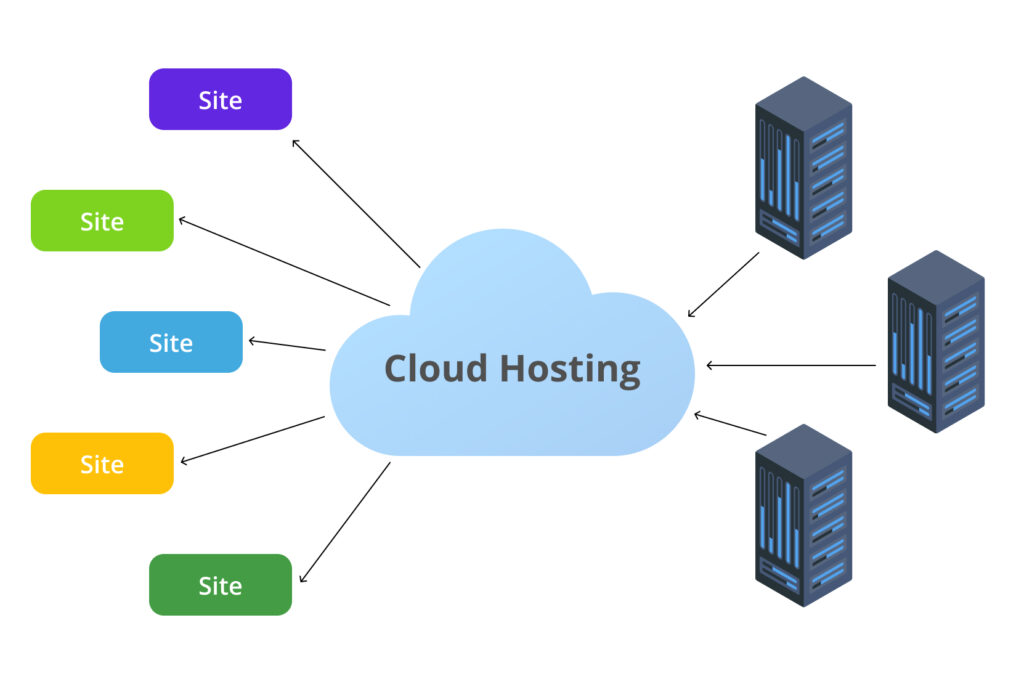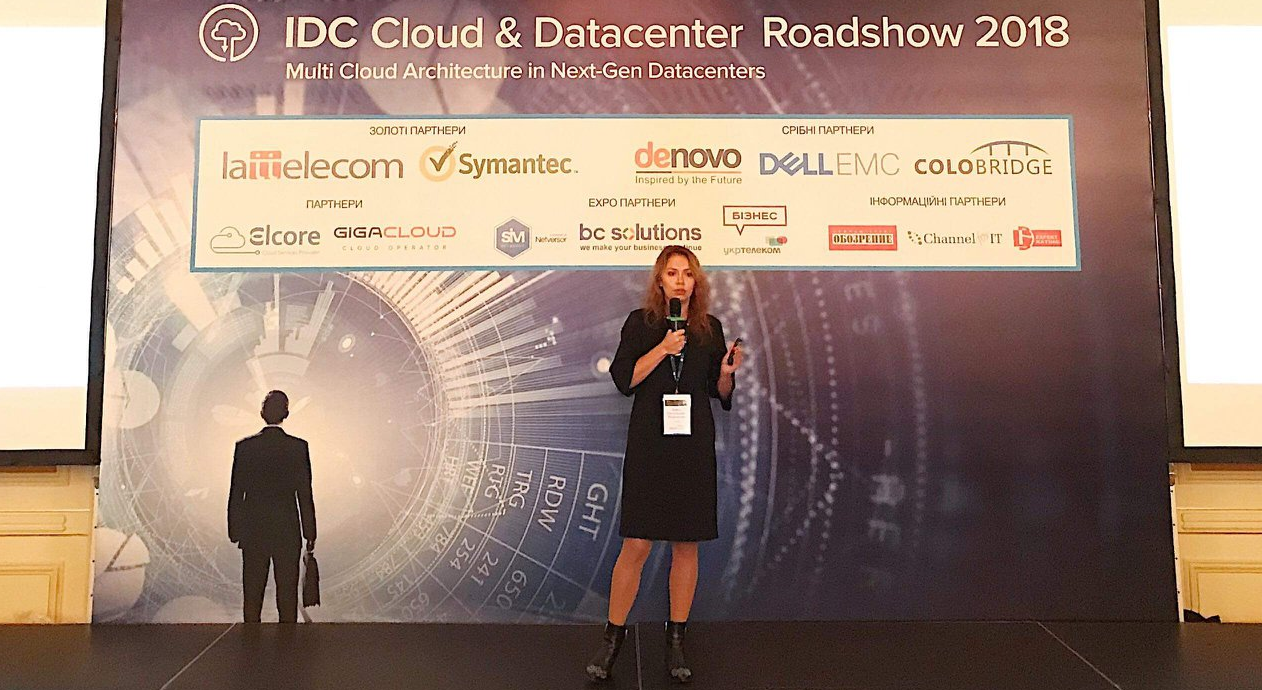Traditional website hosting means using a single server or virtual cluster on the service provider’s side. Although this service is still in demand and the web hosting market continues to grow at an average annual rate of more than 20%, businesses have also been using Cloud Hosting services just as much for the past decade. Such market growth for two similar services is due to the increasing number of websites, the popularity of e-commerce and online gaming.
How Does Cloud Hosting Work?
Cloud Hosting implies running a website or application on several servers located in the cloud using the capacity of a cloud provider. Cloud Hosting is based on hardware and virtualisation systems that make it possible to create and run any number of virtual machines (VMs) on a single physical server or cluster of physical servers. The fact that virtual machines are isolated makes it possible to separate websites and applications in such a way that they do not affect each other’s operations and do not use the virtual resources (processing power, memory, etc.) of their “neighbours”.

Comparison with Other Types of Hosting
Often, an organisation faces the dilemma of whether to choose Cloud Hosting or web hosting.
The features of Cloud Hosting include the fact that it is one of the varieties of traditional web hosting when a website is hosted not on one but on several virtual and/or physical servers at once. That said, providers specialising in web hosting services do not always offer Cloud Hosting to their customers. The same goes for VPS: there is a difference in the number of servers the resources of which are used to provide computing resources to the end user, which directly affects the quality of the service provided (SLA).
Cloud Hosting options also include dedicated hosting, where dedicated servers on the provider’s side are used. It is an entirely different level in IT infrastructure design when the client receives physical servers for sole rent and can get the desirable performance and security level. In this case, one can choose an individual hardware configuration and does not have to share hardware with the provider’s other clients. Therefore, such a service costs more than traditional cloud hosting.
Benefits of Cloud Hosting
If Cloud Hosting is viewed not as a service in general but compared to web hosting, why should a company use Cloud Hosting?
- more flexibility in allocating resources – they are provided by a cluster of servers rather than a single server;
- easily scalable – resources are allocated on demand when the load changes;
- pay-as-you-go;
- increased uptime;
- dedicated IP address available.
Therefore, Cloud Hosting will be the best choice when you need to get a cloud infrastructure that is more fault-tolerant than traditional web hosting, flexible to load changes and uses a pay-as-you-go modality.
Colobridge’s Expert:
“One of the main benefits of Cloud Hosting is that the client does not think about the location of physical servers, does not worry about their performance, availability or whether there will be enough resources if the load suddenly grows. The service provider handles all these tasks, and they require very little involvement from the client’s IT department. Instead, the client can focus on optimising the website itself”.
Colobridge experts can provide you Cloud Hosting Recommendations, and advise you on choosing the best possible configuration and migrating your data to the cloud. We will provide comprehensive Cloud IT Consulting Services and offer the best arrangements for hosting your IT infrastructure.





